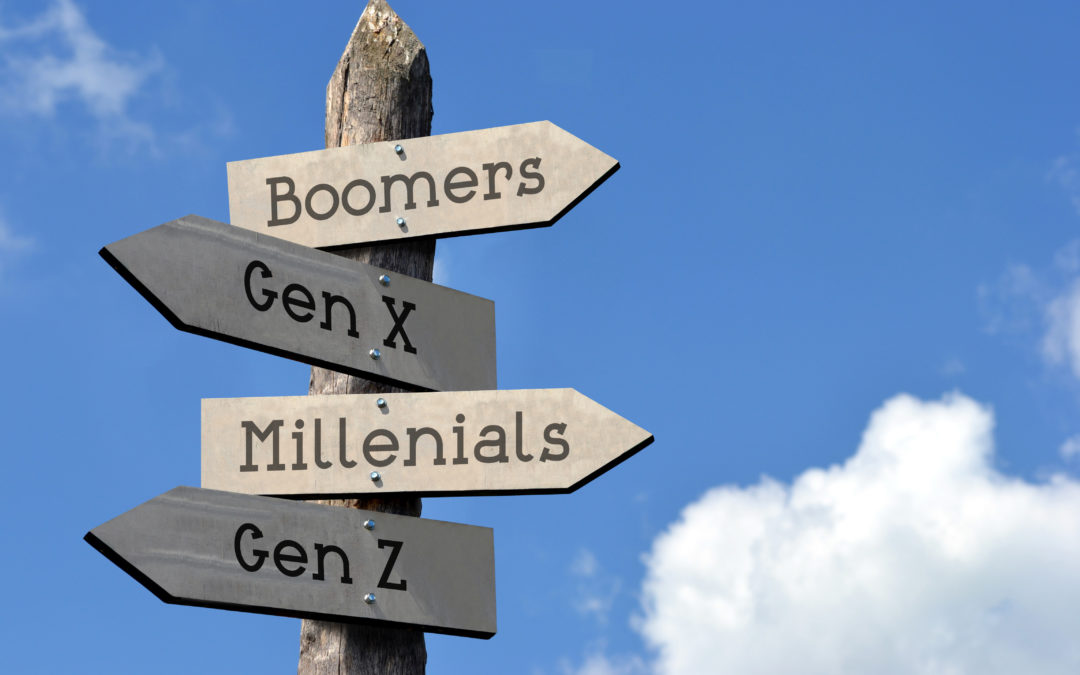“Generation, in a sociocultural context, refers to a large group of people within a society who share similar experiences, values, and behaviours due to specific historical or cultural influences.” Wikipedia
For leaders, the key to managing a multigene rational workforce lies in understanding these differences, working with them, and ultimately turning them into strengths. Building this understanding requires consistent effort across four fundamental steps:
1. Identify and Understand Generations
- Baby Boomers (1946-1964)
Value stability, hard work, and teamwork. They often prefer hierarchical structures and clear communication. - Generation X (1965-1980)
Embrace a pragmatic, independent approach to work, value work-life balance, and adapt easily. They thrive in environments offering both autonomy and collaboration. - Millennials (1981-1996)
Seek purpose in their work, favor flexibility, and are fluent in digital tools. They value an egalitarian, open workplace culture. - Generation Z (born 1997 onwards)
Are highly tech-savvy, value diversity and inclusion, and prioritize sustainability and social responsibility. They excel in multitasking and prefer fast, digital communication.
2. Adapt Communication
Tailor communication styles to meet the preferences of each generation. For example, Baby Boomers often appreciate face-to-face discussions, while Millennials and Gen Z favor digital communication and prompt feedback.
Similarly, the method of providing feedback or criticism should align with generational needs.
3. Address Conflicts Constructively
Intergenerational conflicts often arise from misunderstandings—such as when one generation prioritizes flexibility while another prefers fixed working hours.
By understanding these differing expectations, leaders can mediate and develop solutions that accommodate everyone’s needs.
4. Offer Workshops or Training on Generational Differences
Organize regular workshops or team sessions to foster mutual understanding among generations. These sessions help create a respectful and collaborative work environment.
One Size Does Not Fit All. While generalizations can provide a helpful overview (as in step 1), managing a multigene rational workforce requires recognizing the individuality of each employee. People are complex systems with unique needs, and leaders will inevitably encounter outliers who defy generational norms.
Thus, every team member should be managed according to their individual strengths, potential, and preferences. By doing so, you lay a critical foundation for effectively leading multigenerational teams.


Recent Comments